Pelvic pain during pregnancy
When you saw the two pink lines on the Prega News test kit, it was truly a memorable moment – knowing that in 9 months, you would get to meet your little one. However, before the D-day arrives, there are many body changes during pregnancy that you will undergo. While some are obvious and expected, others may catch you by surprise. While all is worth it when you see your little one, there may be times when some pregnancy complications or conditions may make the journey not-so-easy for you. However, it’s good to know that there is a solution for everything and just understanding the symptoms and causes can help you prepare better for all the things to come. One of them may be pelvic girdle pain or PGP – let’s understand what is PGP and then delve deeper.
PGP or pelvic girdle pain is a generic term used for the pelvic pain experienced by many pregnant women. It also includes aches and pain in the pubic area. Overall, it includes any kind of pain or discomfort from the lower back to the thighs – either front or back. PGP can start during any time of the pregnancy or even after delivery. From a mild discomfort to severe aches – the pain too varies among women. Let’s understand the symptoms and causes better to cope when the pain arises.
Symptoms of PGP
While pelvic girdle pain is experienced in the lower regions, there are some parts that are more affected than the others. These symptoms may also become more prominent during certain activities. Let’s take a look at the symptoms of PGP:
● Pain in the pubic bone area at the front, at level with your hips, in the centre.
● Pain spreading to the thighs.
● Pain in the lower back – either one side or both.
● Pain in the area that joins your vagina and anus.
● Pain while changing clothes as it causes weight shift to one leg.
● Pain while turning sides in bed.
● Pain while getting in or out of seats, especially a car.
What causes pelvic pain during pregnancy?
While the PGP is experienced differently by different women, some causes of PGP may be previous injuries in the lower back, previous pelvic girdle or joint pain, and even poor muscle function in the lower back or pelvic region. It can also occur more frequently in women who have a physically demanding job, have experienced PGP in previous pregnancies, poor posture, Pelvic bone diseases such as arthritis or sacroiliitis, carrying multiple babies or are overweight.
How to cope with the pain?
Pelvic girdle pain can cause severe discomfort to some women and thus hamper their daily activities. However, there are some ways to cope with the same:
● Only do the activities that you are comfortable doing – avoid chores or errands that are physically more demanding or require you to stand for too long.
● Avoid shifting your weight on one leg – choose to sit and dress etc. to follow this.
● Avoid climbing stairs – try taking everything you need at one go so that you are not needed to make multiple trips.
● Avoid carrying too much weight in one hand.
● Find comfortable sleeping positions and use maternity or bolster pillows to keep between your legs.
● Adopt good posture – Awareness of proper posture is vital to ensure uniform weight distribution across the pelvis. This results in less strain on the supporting ligaments and the muscles.
● Avoid crossing legs, pushing heavy weights, sitting on the floor, bending or twisting etc.
Exercises to do while pregnant
As PGP can cause major discomfort in women, you can seek a professional’s help to manage the pain. Along with safe painkillers or ointments, your doctor may refer you to a physiotherapist or childbirth expert to learn some exercises to help ease the pain and make daily life a little more manageable. While the exercises will be tailored to your pain points and other factors like stage of pregnancy, weight, comfort etc. these will generally include some of the following:
● Pelvic support belt that you can wear during the day.
● Exercises in water that help with mobility.
● Exercises that help strengthen the pelvic floor, back and hips muscles etc.
● Manual movements that help make the pelvic and hip joints move more easily.
Labour and childbirth with PGP
Women with PGP are often able to deliver their babies normally. With the right birthing partners and assistance, it is possible to deliver your baby naturally. It’s important to keep these things in mind, before going into labour:
● Inform your doctors, birthing partner or midwife about having PGP.
● Consult a birthing coach before your due date to discuss comfortable labour positions.
● Find out your comfort range when moving your legs and inform your doctor/midwife about the same.
● Have a birth plan in place and ask if you can deliver sideways, as this position can sometimes be helpful.
Key takeaway
While PGP can cause severe to mild discomfort and may seem to disrupt your daily life, with the right aid and guidance, you can have it under control and even deliver your baby naturally. Avoiding movements that cause discomfort and doing exercises that help improve the strength and ease the pain along with medications, can help you manage your daily activities with almost no difficulty.
FAQ
Can PGP affect labour?
Most women with PGP can safely have a vaginal birth with the assistance of their birthing partner and doctor or midwife. You can talk to birthing coaches and doctors beforehand to inform them about the condition and find positions for labour that are comfortable.
Is walking well for pelvic girdle pain?
A gradual or slow paced walking can help you stay active and keep your pelvic muscles and joints more mobile. However, if it causes more discomfort, it is best to discontinue and consult a doctor.
How early can pelvic girdle pain start?
Pelvic girdle pain can start at any time of the pregnancy but the symptoms usually get more prominent as the weight increases, that is towards the advanced stages.
Does pelvic girdle pain go away?
The pelvic girdle pain usually goes away after you deliver your baby – this can take anywhere between 2-6 weeks. If it takes longer, it’s best to consult your doctor.
How should I sleep with PGP?
When trying to sleep with PGP, find positions that keep your legs together or place pillows between your legs while sleeping on the side. When turning, ensure that both legs are together. If you’re still unable to sleep, consult your doctor for help.
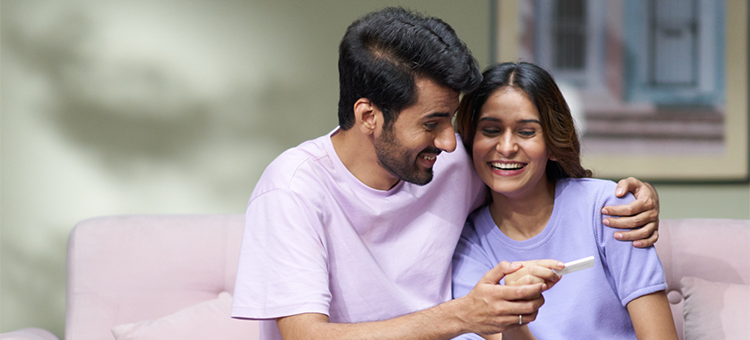








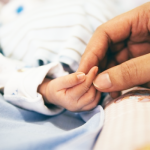
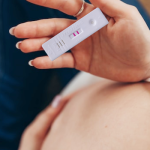

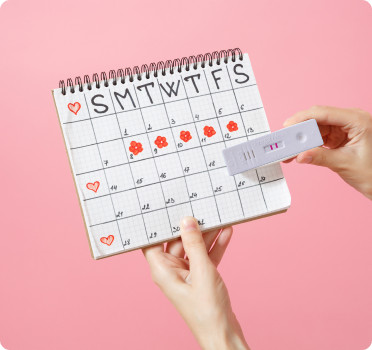
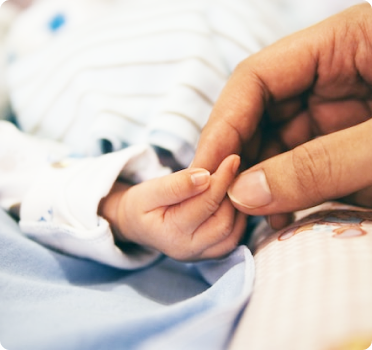
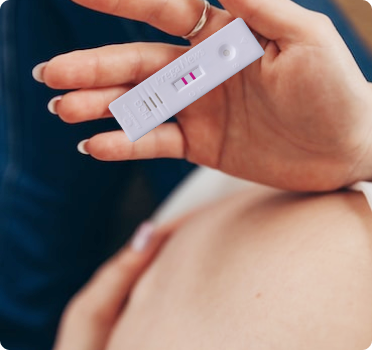



















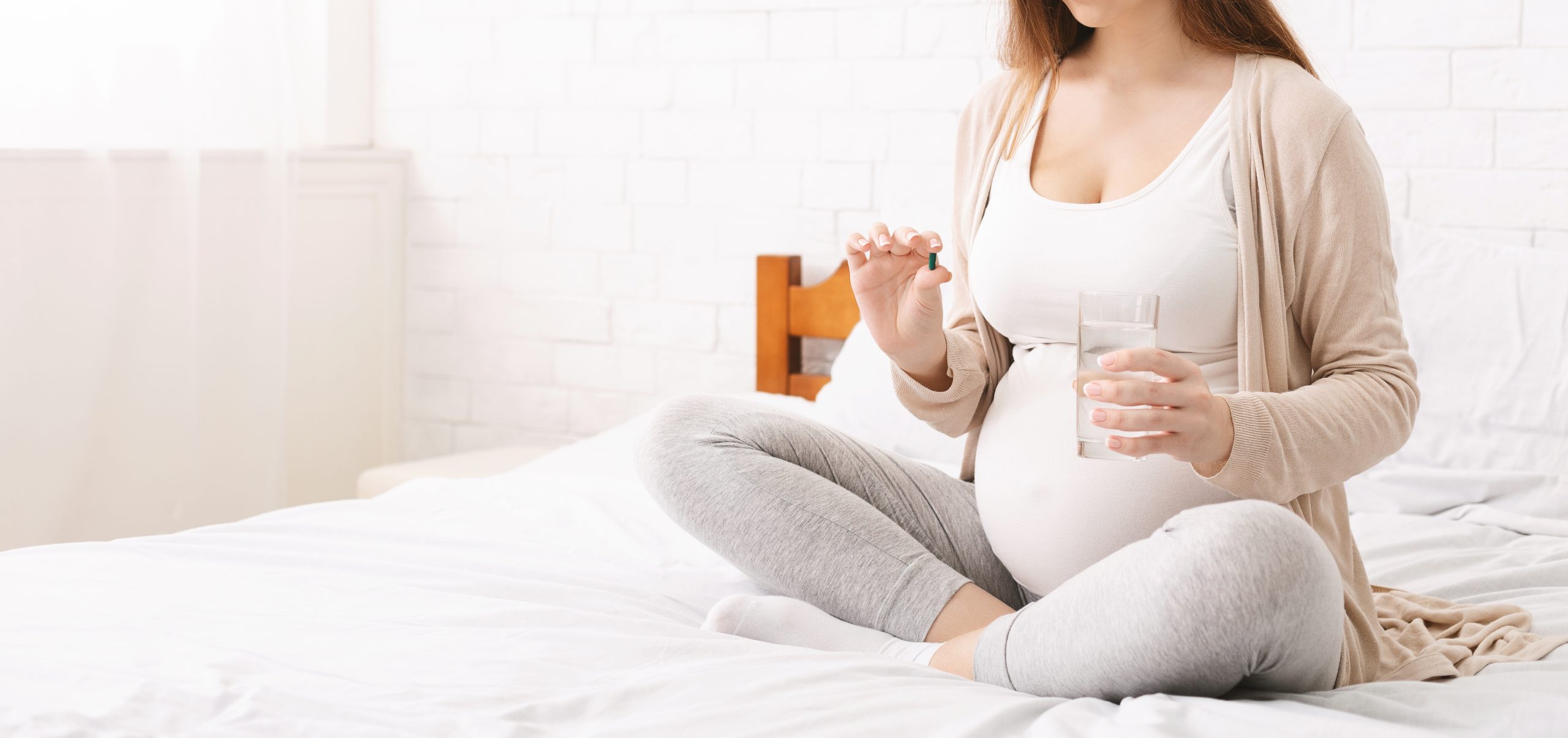

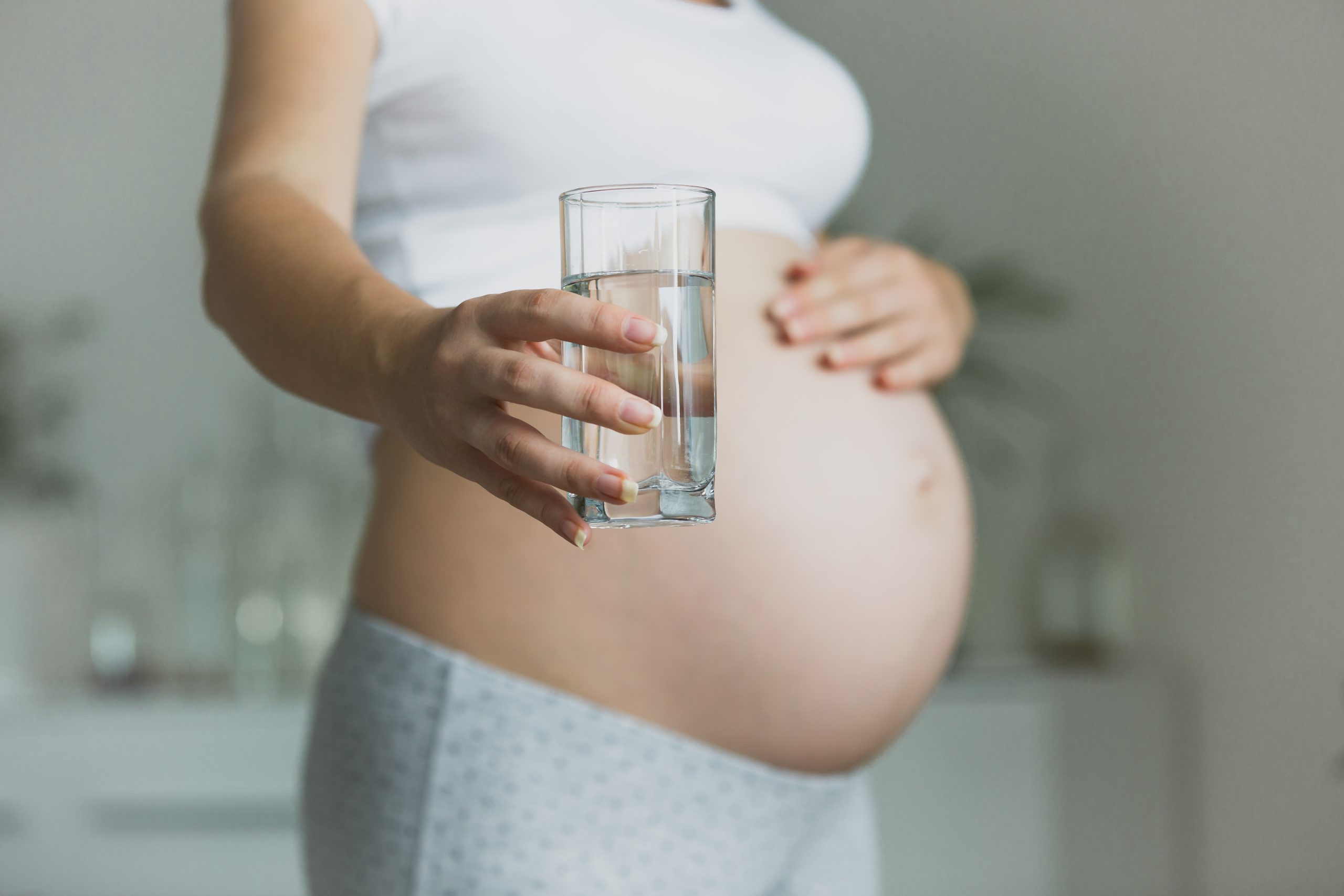






Leave a comment